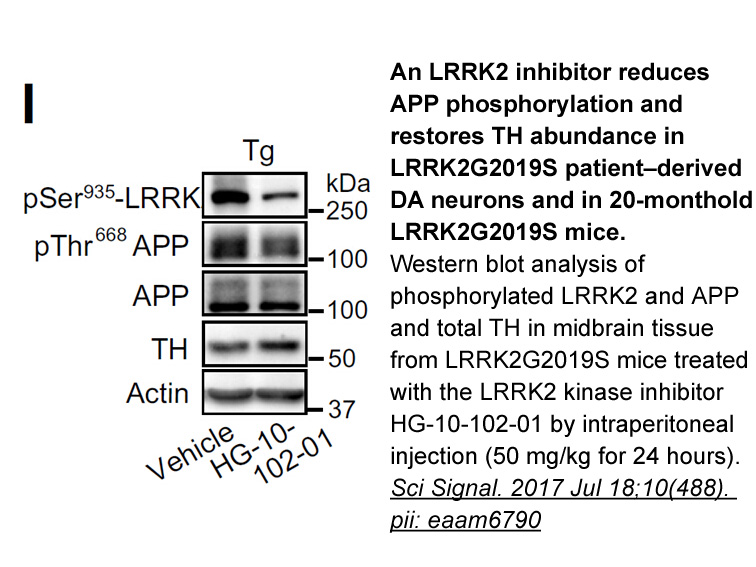Archives
Imatinib was first approved for the
Imatinib was first approved for the treatment of Philadelphia chromosome positive chronic myelogenous leukemia in 2001 [25]. This first approved small molecule antagonist is quite unusual in that it provides a durable response that lasts for more than a decade in the majority of patients. Imatinib has substantially greater beneficial properties when compared with all of the other FDA-approved small molecule protein kinase inhibitors in terms of (i) its effectiveness with greater than 95% complete hematological response against its target disease, i.e., chronic myelogenous leukemia [74] and (ii) the comparative lack of resistance wh en contrasted with other medications and neoplastic diseases. The development of imatinib resistance owing to mutations in BCR-Abl has lead to the development of second generation drugs that are effective against such mutations including bosutinib, dasatinib, nilotinib, and ponatinib. In blz to imatinib, resistance to crizotinib occurs in more than 90% of patients within one year as described above and resistance is a grave problem for all targeted and cytotoxic anticancer drugs. As noted by Winer et al. “Biologically, the cancer cell is notoriously wily; each time we throw an obstacle in its path, it finds an alternate route that must then be blocked” [75].
One conundrum in the treatment of ALK+-NSCLC is whether to begin therapy with crizotinib or with one of the second generation of drugs. The goal is to maximize the duration of therapeutic efficacy. Whether the therapeutic effectiveness is of greater duration with initial crizotinib followed by a second generation ALK inhibitor or whether it is better to begin therapy with a second generation inhibitor remains to be established. Another possibility is to begin the initial treatment of NSCLC with a combination of inhibitors, a strategy that is effective in the treatment of HIV/AIDS [76], [77]. Additionally, myeloid-derived suppressor cells (MDSCs) have been implicated in various tumor immune escape mechanisms and targeting these cells alone or in combination with other treatment modalities has the potential to augment the efficacy of lung cancer treatment protocols [78].
Only a third of the patients with acquired crizotinib-resistance have ALK mutations, another third of patients exhibits the activation of bypass pathways, and the mechanism of resistance is unknown in the final third of patients. Activation of EGFR, MEK1/2, ERK1/2, Src, MET (HGFR), PI3-kinase, or the insulin-like growth factor-1 receptor along with Kit amplification and increased production of stem cell factor (Kit ligand) are among the known activated bypass pathways [53], [63]. Because activation of EGFR appears to be the most important bypass mechanism, concomitant treatment with a combination of ALK and EGFR inhibitors might represent an effective first-line treatment strategy. Although great strides in the treatment of NSCLC have been made in the last decade using targeted protein kinase inhibitors and immune checkpoint inhibitors, there is still a large unmet clinical need in the treatment of such patients.
en contrasted with other medications and neoplastic diseases. The development of imatinib resistance owing to mutations in BCR-Abl has lead to the development of second generation drugs that are effective against such mutations including bosutinib, dasatinib, nilotinib, and ponatinib. In blz to imatinib, resistance to crizotinib occurs in more than 90% of patients within one year as described above and resistance is a grave problem for all targeted and cytotoxic anticancer drugs. As noted by Winer et al. “Biologically, the cancer cell is notoriously wily; each time we throw an obstacle in its path, it finds an alternate route that must then be blocked” [75].
One conundrum in the treatment of ALK+-NSCLC is whether to begin therapy with crizotinib or with one of the second generation of drugs. The goal is to maximize the duration of therapeutic efficacy. Whether the therapeutic effectiveness is of greater duration with initial crizotinib followed by a second generation ALK inhibitor or whether it is better to begin therapy with a second generation inhibitor remains to be established. Another possibility is to begin the initial treatment of NSCLC with a combination of inhibitors, a strategy that is effective in the treatment of HIV/AIDS [76], [77]. Additionally, myeloid-derived suppressor cells (MDSCs) have been implicated in various tumor immune escape mechanisms and targeting these cells alone or in combination with other treatment modalities has the potential to augment the efficacy of lung cancer treatment protocols [78].
Only a third of the patients with acquired crizotinib-resistance have ALK mutations, another third of patients exhibits the activation of bypass pathways, and the mechanism of resistance is unknown in the final third of patients. Activation of EGFR, MEK1/2, ERK1/2, Src, MET (HGFR), PI3-kinase, or the insulin-like growth factor-1 receptor along with Kit amplification and increased production of stem cell factor (Kit ligand) are among the known activated bypass pathways [53], [63]. Because activation of EGFR appears to be the most important bypass mechanism, concomitant treatment with a combination of ALK and EGFR inhibitors might represent an effective first-line treatment strategy. Although great strides in the treatment of NSCLC have been made in the last decade using targeted protein kinase inhibitors and immune checkpoint inhibitors, there is still a large unmet clinical need in the treatment of such patients.
Conflict of interest
Acknowledgment